-
- PCB TYPE
- PRINTED CIRCUIT BOARD PROTOTYPE ALUMINUM PRINTED CIRCUIT BOARD R&F PCB FPC HIGH FREQUENCY PCB HIGH-TG PCB HEAVY COPPER PCB HDI PCB PCB FOR LIGHTING METAL CORE PCB
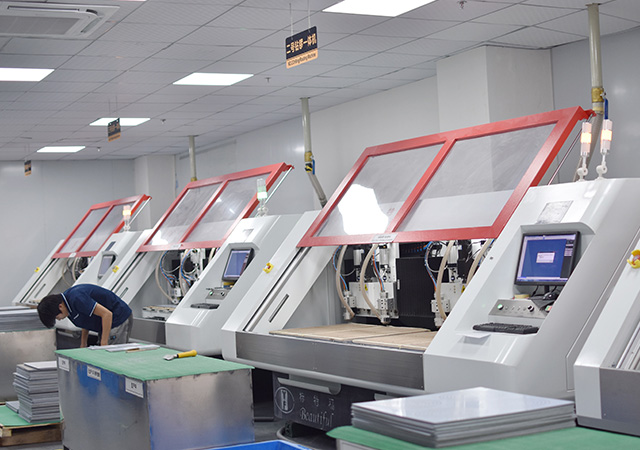
Discover the top 20 layer PCB manufacturer in China. Gain insights into high-quality printed circuit boards, cost-effectiveness, and fast turnaround.
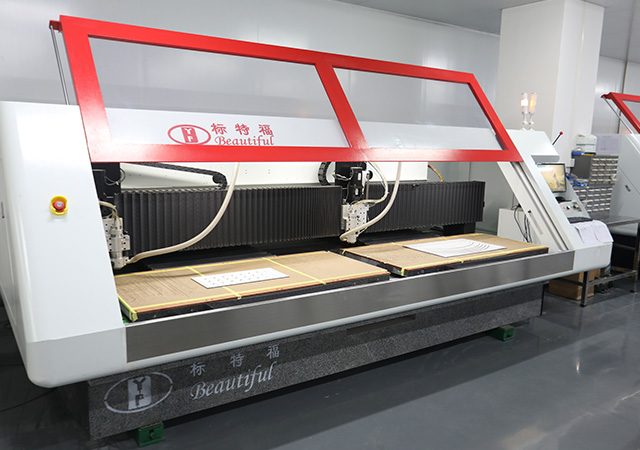
Find the perfect PCB manufacturer tailored to your needs with our comprehensive guide on PCB design, fabrication, and assembly considerations.
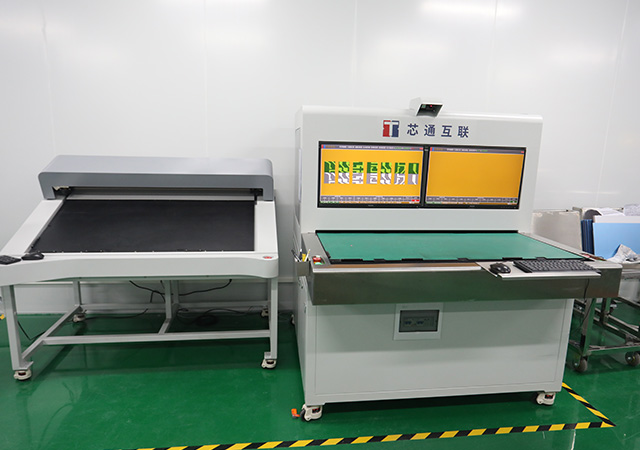
Discover the key advantages of high-speed PCB design techniques that ensure enhanced performance, signal integrity, and data transmission efficiency in modern electronics.
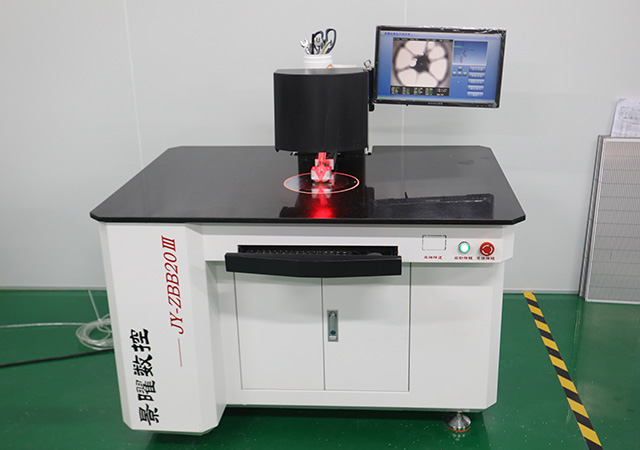
Master impedance controlled high speed PCB design to enhance signal integrity and optimize manufacturing. Learn key strategies for flawless performance.
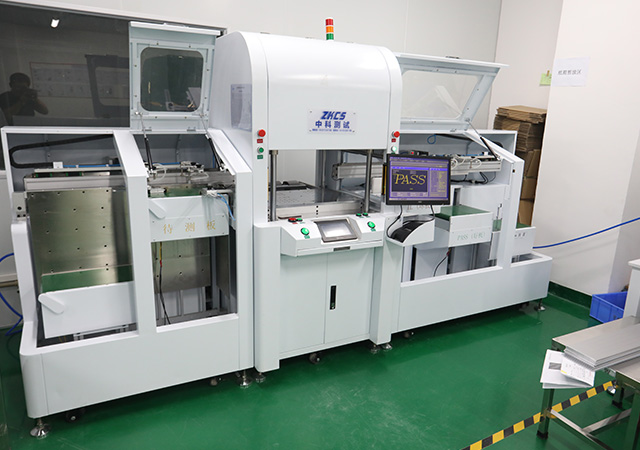
Master the essentials of 10Gbps PCB design with our comprehensive guide. Discover key tips on material selection, impedance control, and trace routing for optimal performance.

Got project ready to assembly? Contact us: info@apollopcb.com



We're not around but we still want to hear from you! Leave us a note:

Leave Message to APOLLOPCB
